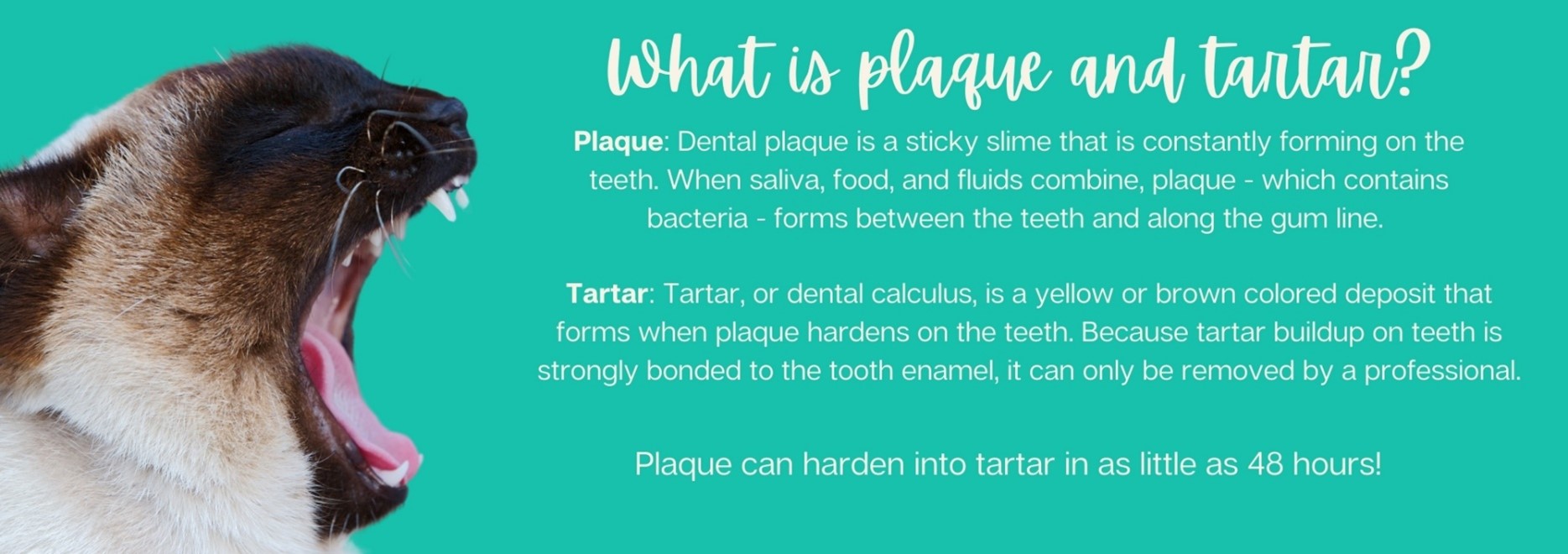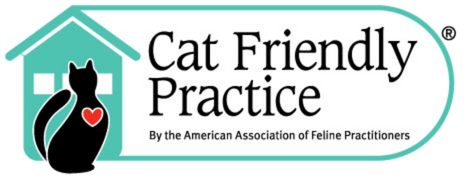|
February is Pet Dental Health Month, which makes it a great time to talk teeth! Cats can experience a number of health-related issues which can be exacerbated by dental disease. Regular oral exams, good dental hygiene, and regular anesthetized dental cleanings are crucial to keeping on top of your cat’s overall wellness. So, what do we need to keep on the look out for? What are their signs and symptoms of dental disease? And how do we prevent them? Read on to find out! Let’s start by defining some terms used to describe dental disease. Gingivitis: That’s right! The same gingivitis that your dentist warns you about plagues our purr-babies as well. Gingivitis is inflammation of the tissue surrounding the teeth. Ranging from mild to severe, gingivitis is extremely common and affects cats of every age. It is considered the first stage of dental disease and, if left untreated, can lead to periodontitis. Advanced gingivitis will eventually lead to receding gums, accumulation of plaque and tartar under the gum line, and infection. Periodontitis: As gingivitis progresses, it leads to periodontitis. Plaque, tartar, and bacteria infiltrate below the gum line where it is no longer visible from the surface. Once periodontitis sets in, radiographs from inside the mouth are needed to see how the infection has wreaked havoc on the soft tissues, tooth, and jawbone. Signs and Symptoms of Dental Disease:
How Can You Help Prevent Dental Disease? There are several ways you can help prevent dental disease for your feline friend at home:
Comments are closed.
|
Categories
All
Archives
November 2022
|
|
Plymouth Sun Sailor 2019 and 2020
Readers' Choice Best Veterinary Clinic |
Clinic Hours
Monday - 9:00 am - 6:00 pm Tuesday - 9:00 am - 6:00 pm Wednesday - 9:00 am - 6:00 pm Thursday - 9:00 am - 6:00 pm Friday - 9:00 am - 6:00 pm |
|
Site powered by Weebly. Managed by IDEXX Laboratories



 RSS Feed
RSS Feed



